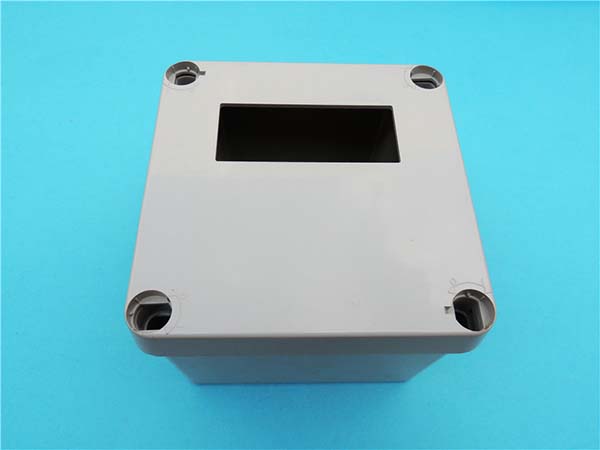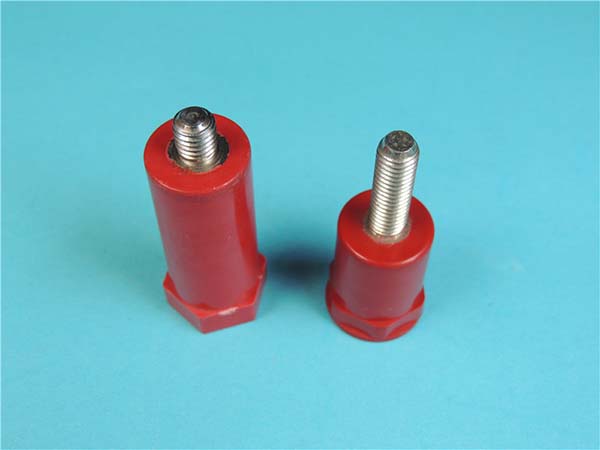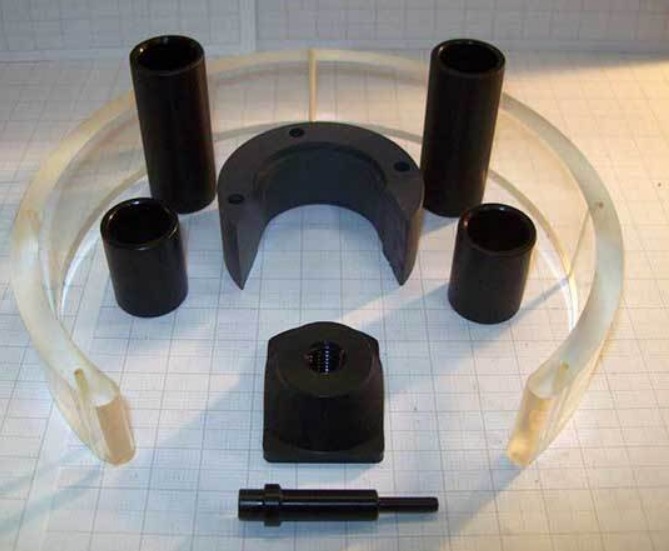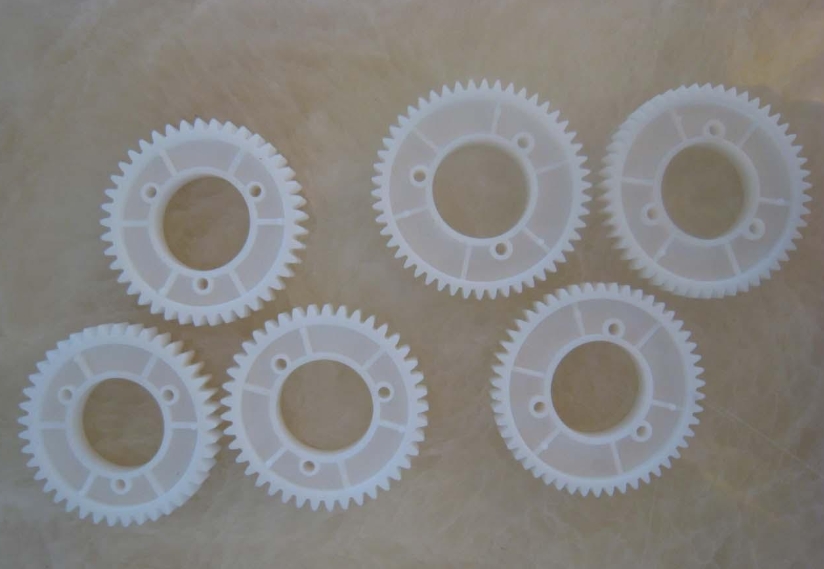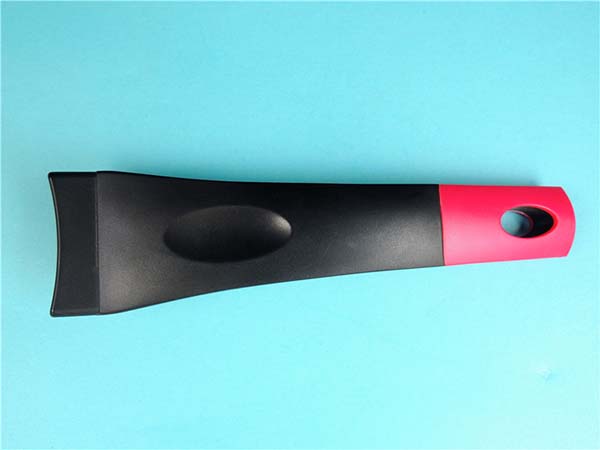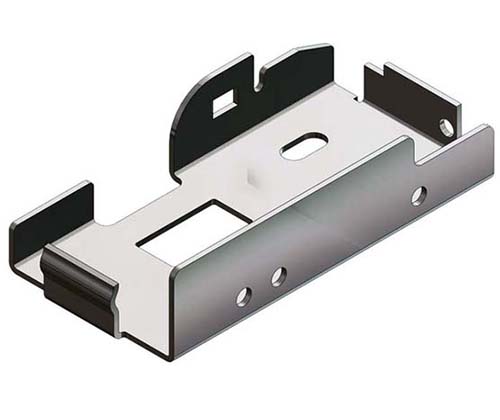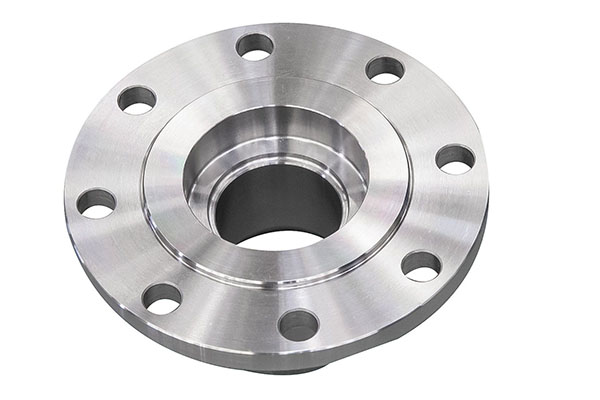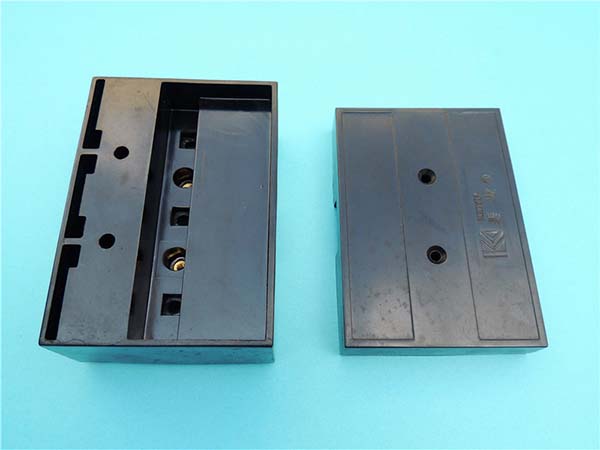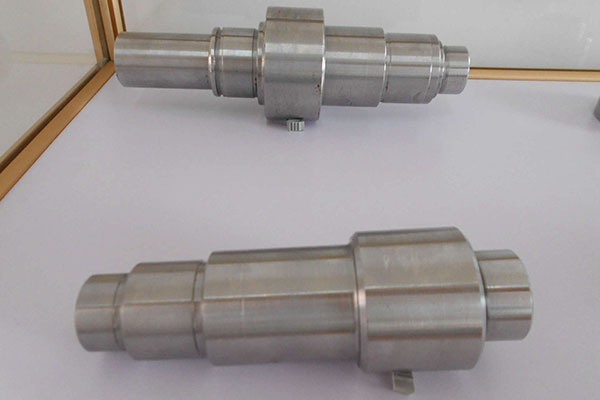What is Rapid Prototyping in the Automotive Industry?
In the automotive industry, rapid prototyping is a crucial process that enables the quick creation of physical models or prototypes of automotive components, parts, or even entire vehicle designs. It serves as a bridge between the initial design concept in the digital realm and the final production - ready product.
The basic principle behind rapid prototyping in the automotive industry is to use advanced manufacturing technologies such as 3D printing (also known as additive manufacturing), CNC (Computer Numerical Control) machining, and rapid tooling. For example, 3D printing works by building up layers of materials, such as plastics or metals, based on a 3D digital model. This allows for the creation of complex geometries that would be extremely difficult and time - consuming to produce using traditional manufacturing methods.
CNC machining, on the other hand, involves using pre - programmed computer software to control the movement of factory tools and machinery. It can precisely cut, shape, and drill various materials to create accurate prototypes. Rapid tooling combines elements of both traditional tool - making and rapid prototyping techniques to quickly produce molds or dies for manufacturing parts.
Rapid prototyping in the automotive industry is not just about making a quick copy of a design. It is about validating design concepts, testing functionality, and reducing the time and cost associated with the development of new automotive products. By creating a prototype early in the design process, automotive engineers can identify design flaws, make necessary improvements, and ensure that the final product meets all the required standards before mass production begins.
Common Rapid Prototyping Methods in the Automotive Industry and Their Comparison
There are several common rapid prototyping methods in the automotive industry, each with its own characteristics and applications.
Stereolithography (SLA)
SLA is one of the earliest 3D printing technologies. It works by using a UV laser to cure liquid photopolymer resin layer by layer. In the automotive industry, SLA is often used in creating high - precision interior models. For example, when designing a new car interior, automotive designers can use SLA to quickly produce detailed prototypes of dashboards, center consoles, and door panels. The smooth surface finish and high accuracy of SLA - printed parts, which can reach up to 0.05 - 0.1mm in accuracy, make them ideal for evaluating the aesthetics and ergonomics of these interior components.
Selective Laser Sintering (SLS)
SLS uses a high - power laser to sinter powdered materials, such as nylon, metal powders, or a mixture of them, into a solid object layer by layer. The process starts with spreading a thin layer of powder across the build platform. Then, the laser scans the cross - section of the part according to the 3D model, sintering the powder particles together. One of the significant advantages of SLS in the automotive industry is its ability to produce functional parts directly. For instance, it can be used to manufacture complex engine components, like intake manifolds. SLS - printed parts have good mechanical properties, high heat resistance, and do not require support structures during the printing process, which is beneficial for creating parts with internal cavities or overhangs.
Fused Deposition Modeling (FDM)
FDM is a widely used rapid prototyping method. It operates by melting a thermoplastic filament, such as ABS or PLA, and extruding it through a nozzle to build up the part layer by layer. FDM is popular in the automotive industry due to its low cost and ease of operation. It is suitable for creating quick and simple prototypes, such as small brackets, ductwork models, or concept - level exterior parts. For example, automotive engineers can use FDM to quickly fabricate a prototype of a custom - designed air duct for a new engine cooling system. This allows them to test the functionality and fitment of the part before investing in more expensive manufacturing methods.
Comparison Table
| Prototyping Method | Cost | Accuracy | Material Selection | Production Speed |
| SLA | High (due to expensive equipment and resin materials) | High (0.05 - 0.1mm) | Limited to photopolymer resins | Moderate |
| SLS | High (equipment and powder materials cost) | Medium (0.1 - 0.2mm) | Wide range including various powders like nylon and metal powders | Slow to moderate |
| FDM | Low (inexpensive equipment and filaments) | Low (0.1 - 0.4mm) | Many thermoplastic filaments available | Fast |
Yigu Technology's Viewpoint
As a non - standard plastic metal products custom Supplier, Yigu Technology has rich experience in rapid prototyping. We understand the unique needs of the automotive industry. Our advanced equipment and skilled technicians enable us to provide high - quality rapid prototyping services.
For automotive clients, we can handle complex designs with precision. Whether it's creating prototypes of plastic interior components or metal engine parts, we ensure that the prototypes closely match the design specifications. Our use of high - quality materials ensures that the prototypes have excellent mechanical properties and durability, which is crucial for automotive applications.
We also emphasize quick turnaround times. In the fast - paced automotive industry, time is of the essence. By optimizing our production processes, we can deliver prototypes in a timely manner, helping our clients to accelerate their product development cycles and get their new automotive products to market faster.
FAQs about Rapid Prototyping in the Automotive Industry
What are the most suitable rapid prototyping methods for automotive exterior parts?
For automotive exterior parts, SLA and SLS are often suitable. SLA can create parts with a smooth surface finish, which is crucial for the aesthetics of exterior components. Its high accuracy ensures that the parts closely match the design, reducing the need for post - processing. SLS, on the other hand, offers good mechanical properties and heat resistance. Exterior parts need to withstand various environmental conditions, and SLS - printed parts can better meet these requirements. For example, SLS - made bumpers can endure impacts better than parts made by some other methods due to their strong material properties.
How can the accuracy of rapid prototyping be ensured in automotive applications?
To ensure accuracy, first, use high - quality 3D models. The CAD software used for designing the models should be updated and accurate. High - precision rapid prototyping equipment is also essential. Regular calibration of the equipment, such as the laser in SLA or SLS machines, can maintain its accuracy. Additionally, choosing the right materials according to the requirements of the automotive part is important. Some materials may shrink or expand during the prototyping process, affecting accuracy. Finally, post - processing techniques like sanding, polishing, and precision machining can further improve the accuracy of the prototypes.
Is rapid prototyping cost - effective for small - scale automotive production?
Rapid prototyping can be cost - effective for small - scale automotive production. Although the initial investment in equipment and materials for rapid prototyping can be high, it eliminates the need for expensive tooling and molds required in traditional mass - production methods. For small - scale production, the setup costs of traditional manufacturing can be a significant burden. Moreover, rapid prototyping allows for quick design changes. If there are any modifications needed during the production process, it can be done easily without incurring high re - tooling costs. However, it's important to consider the volume of production. If the production volume is extremely low, the cost per unit may still be relatively high, but overall, it is often more cost - effective than traditional methods for small - scale automotive production.
